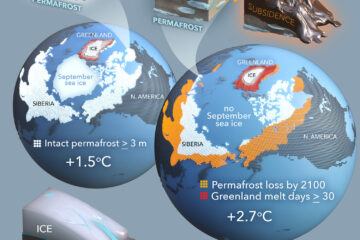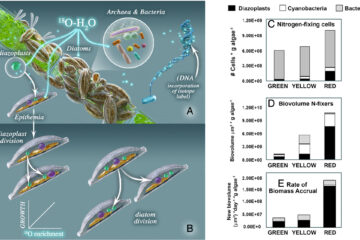Measuring terrestrial subsidies to aquatic food webs using stable isotopes of hydrogen
Understanding river food webs requires distinguishing energy derived from primary production in the river itself (autochthonous) from that produced externally (allochthonous), yet there are no universally applicable and reliable techniques for doing so. We compared the natural abundance stable isotope ratios of hydrogen (δD) of allochthonous and autochthonous energy sources in four different aquatic ecosystems. We found that autochthonous organic matter is uniformly far more depleted in deuterium (lower δD values) than allochthonous: an average difference of ∼100‰. We also found that organisms at higher trophic levels, including both aquatic invertebrates and fish, have δD values intermediate between aquatic algae and terrestrial plants. The consistent differences between leaves and algae in δD among these four watersheds, along with the intermediate values in higher trophic levels, indicate that natural abundance hydrogen isotope signatures are a powerful tool for partitioning energy flow in aquatic ecosystems.


